Barred owls are large North American owls with distinctive coloring. While they can naturally be found across most of the eastern U.S. and Southern Canada, the species is considered invasive across its western range. These feathered predators are skilled hunters, and widely successful at catching prey. Read on to learn about the barred owl.
Description of the Barred Owl
Barred owls are cream colored, with a brown “barred” pattern across their backs, wings, and tails. A dark line of feathers outlines their round face. These owls have large eyes, a sharp, hooked beak, and sharp taloned feet.
Interesting Facts About the Barred Owl
Owls are skilled nocturnal predators. They have a number of distinctive traits that help them achieve hunting success despite searching for prey in the dark of night. Barred owls in particular have a few unique hunting tactics.
- A Sight for Sore Eyes – Barred owls have incredibly large eyes. Larger eyes can capture as much light as possible during dark nights, allowing for better night vision. These eyes are so big that they take up much of the owls’ skull space!
- A Head on a Swivel – Barred owls, along with most owls, cannot turn their heads all the way around 360º. They can, however, turn their heads 270º in either direction. This gives them the ability to see quite easily, despite the fact they cannot move their eyeballs.
- Home Territory – These birds can be highly territorial, and will frequently remain in the same area for years. As long as food is readily available, barred owls have been known to stay within six miles of their “home” for their entire lifespan.
- Seafood on the Menu – Some barred owls have light pink coloration on their undersides. Scientists believe that these individuals have abnormal coloring because of the amount of crayfish that they eat, which they obtain by wading through shallow waters. Change of feather coloration because of diet is also known to happen in flamingos!
Habitat of the Barred Owl
Barred owls prefer living in densely wooded habitats. They can also be found in suburban neighborhoods, as rodent population densities are higher in those areas. In suburban areas the owls must have some large trees to roost and nest in, this is why they are absent from some suburban areas of their range.
Distribution of the Barred Owl
Populations of barred owls can be found throughout the eastern United States, southern Canada, and parts of the western United States and Canada. The Great Plains, because of its lack of trees, is the dividing line of barred owl distribution in the United States. There are also small populations that can be found in Mexico.
Diet of the Barred Owl
Barred owls are generalists, meaning that they will eat a variety of different prey. Their most frequent prey species are voles, mice, rats, shrews, squirrels, rabbits, bats, weasels, moles, opossums, quails, doves, grouse, crayfish, frogs, turtles, and chickens or ducks. Small prey is killed and swallowed whole when the owl catches it. Larger prey is carried to a perch before being eaten in pieces.
Barred Owl and Human Interaction
In suburban areas, barred owls are commonly struck by cars while flying. However, the increased birth rates offset the deaths when living in urbanized locations. Barred owls are also considered an invasive species in the western end of their current range, as they have recently spread to those areas.
In Washington, California, British Columbia, and Oregon the owls have been outcompeting the northern spotted owl. Because the northern spotted owl is a threatened species, projects to exterminate the barred owls in this range have been proposed.
Domestication
Barred owls have not been domesticated in any way.
Does the Barred Owl Make a Good Pet
Barred owls, like many birds, are illegal to own in most states.
Barred Owl Care
Barred owls in human care must be provided with plenty of flying space. They must also receive a diet that replicates their natural prey, most likely consisting of rodents. Owls in human care also benefit from frequent perch rearrangement as a form of environmental enrichment, to prevent boredom.
Behavior of the Barred Owl
Like most owls, barred owls are nocturnal and normally active at night. While searching for prey they will perch high in a tree and search for movement. They will also hunt on the wing, gliding from tree to tree in search of food.
Reproduction of the Barred Owl
Pairs of barred owls will nest in tree cavities. They cannot make these cavities themselves, and will frequently use abandoned woodpecker nests. Two to four eggs are laid between January and April, depending on the location, and they hatch in four weeks. Once the owl chicks hatch, they spend four or five weeks in the nest before fledging.

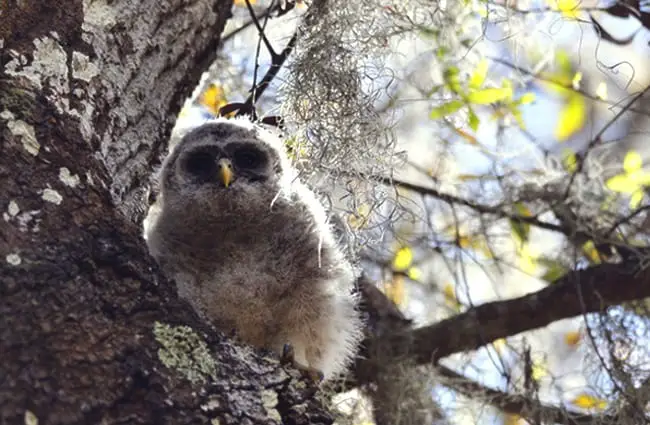

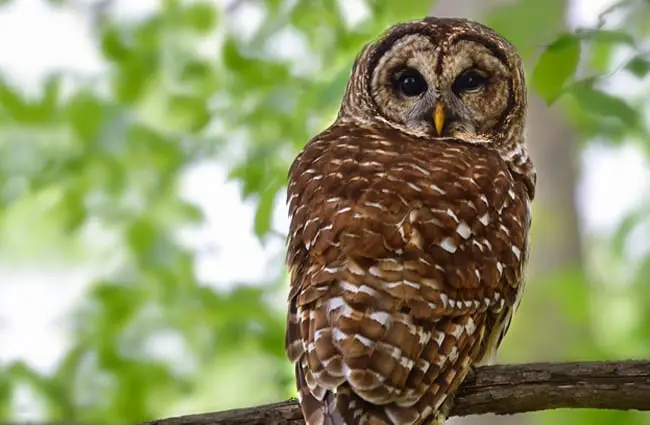


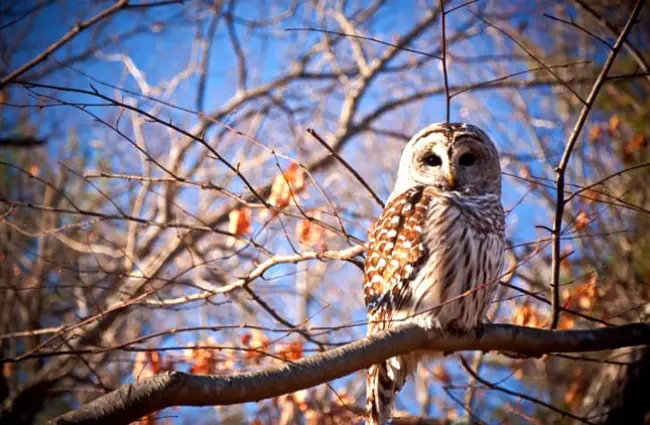
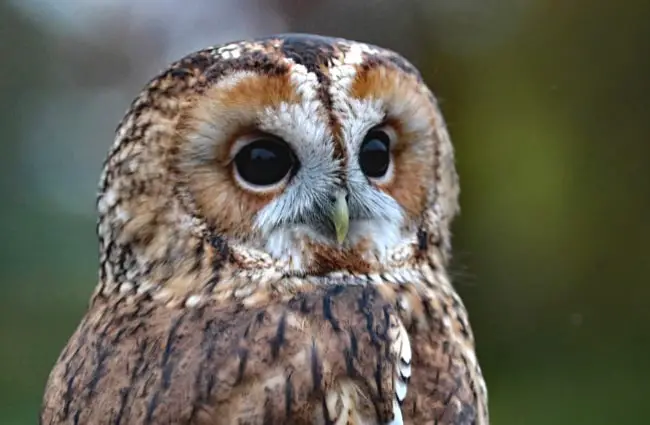
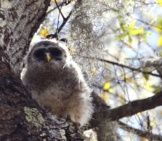
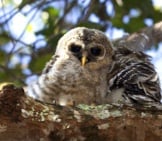

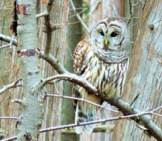
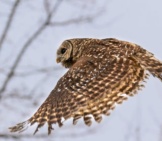

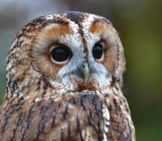
![Red Angus Closeup of a beautiful Red Angus cowPhoto by: U.S. Department of Agriculture [pubic domain]https://creativecommons.org/licenses/by/2.0/](https://animals.net/wp-content/uploads/2020/03/Red-Angus-4-238x178.jpg)












![Red Angus Closeup of a beautiful Red Angus cowPhoto by: U.S. Department of Agriculture [pubic domain]https://creativecommons.org/licenses/by/2.0/](https://animals.net/wp-content/uploads/2020/03/Red-Angus-4-100x75.jpg)

